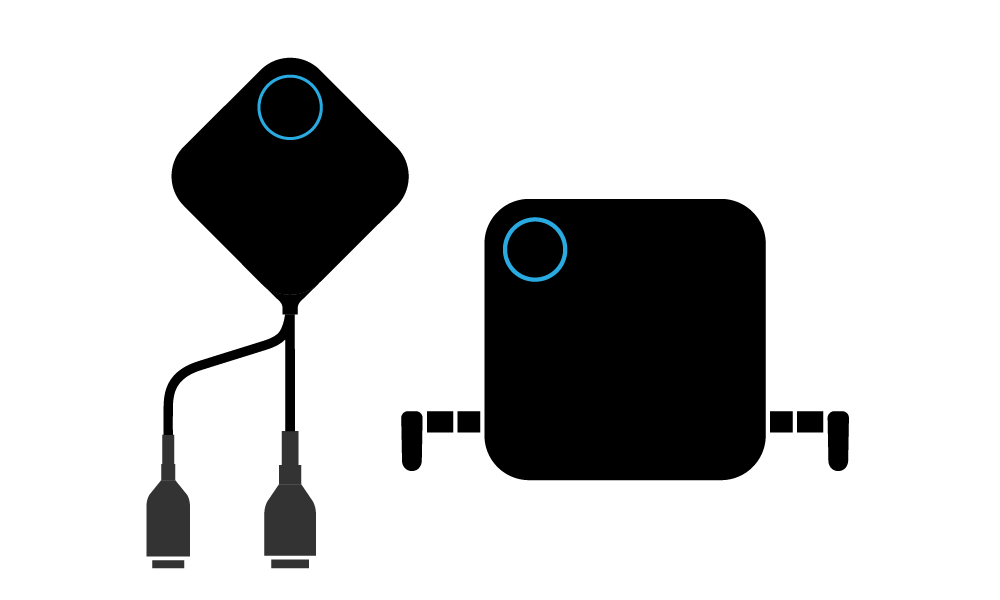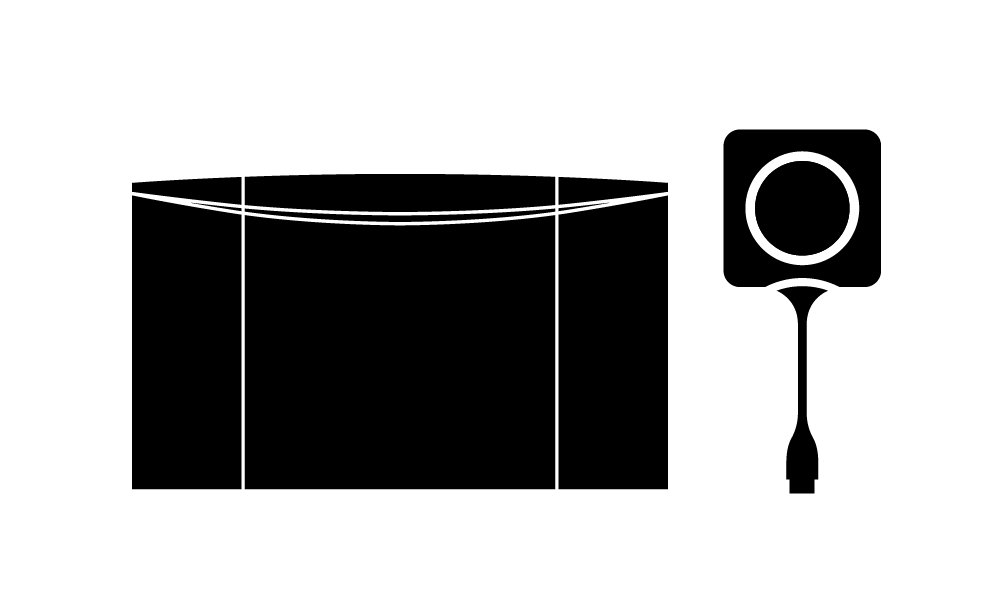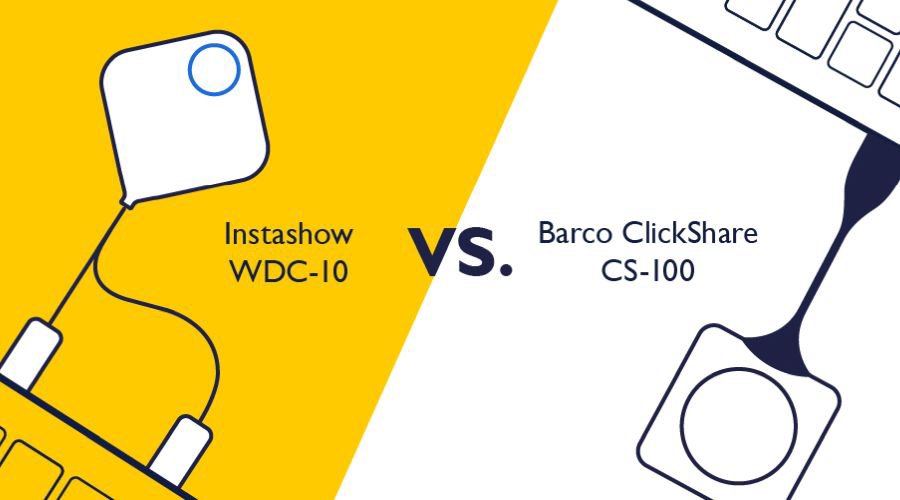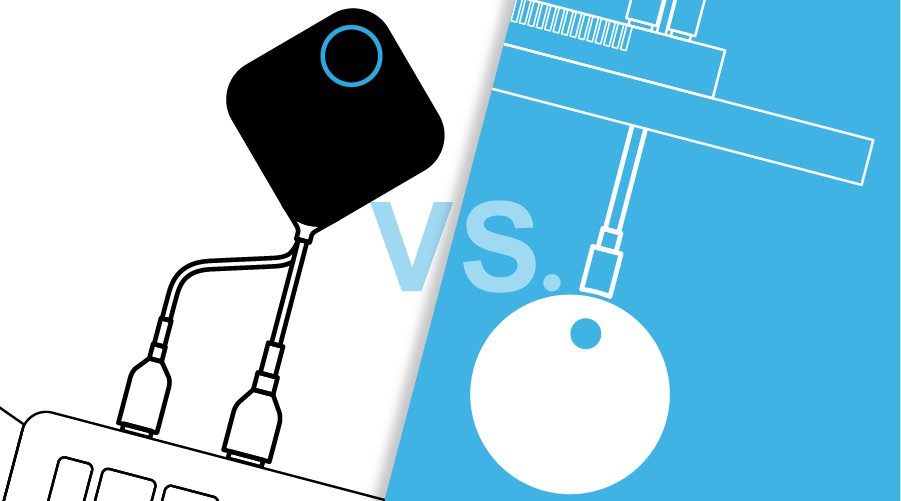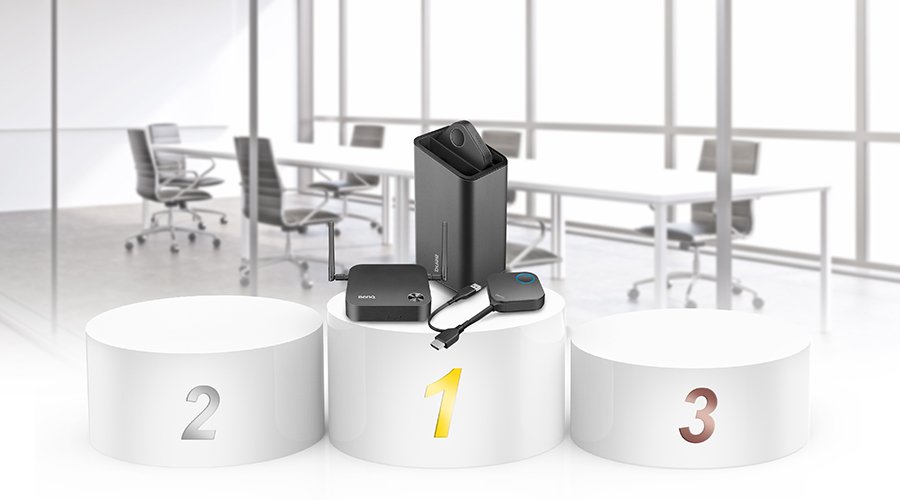While the ScreenBeam effectively uses standardized third party streaming protocols to enable wireless screen mirroring, it is more complicated to set up, does not enable multiple presenters to share a display at the same time. Both the BenQ InstaShow and Barco ClickShare platforms are proven wireless presentation system that has been installed in large and small companies throughout the world and have well-documented security white papers to ensure that confidential content is secure.
The InstaShow S WDC20 is an ideal ScreenBeam alternative because it is easy to install and setup without IT support, and unlike the ClickShare, it enables a visitor to start presenting in just seconds – without the hassle of loading a proprietary app on your notebook.
With the ability to display four presenter sources at one time, and effortlessly connect to hundreds of different devices such a Chromebooks, Raspberry Pi’s, digital cameras, and video conferencing systems using either standard HDMI or wireless connections, the InstaShow S offers a significant step-up in functionality and security for a small price difference.
